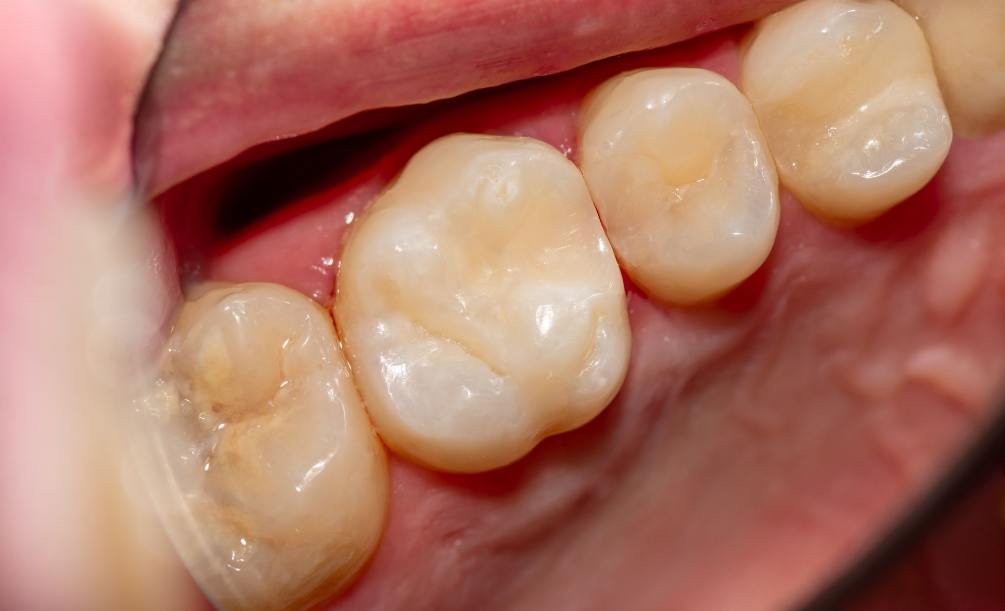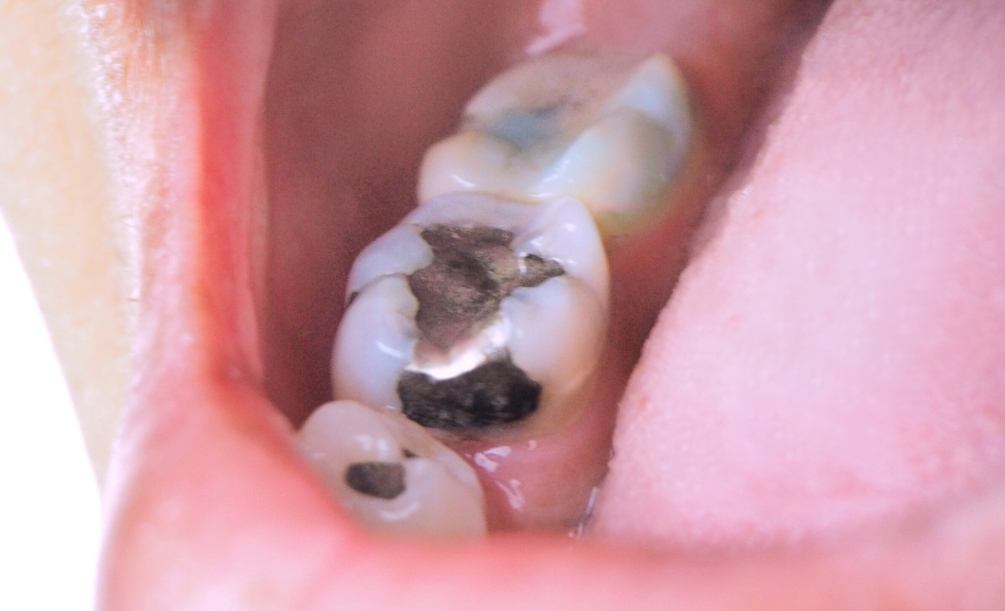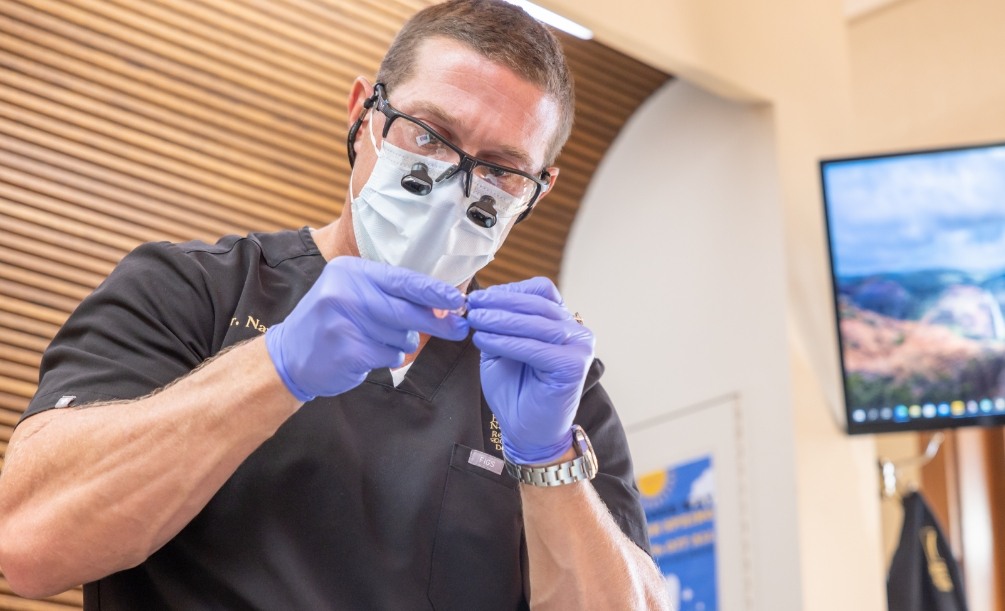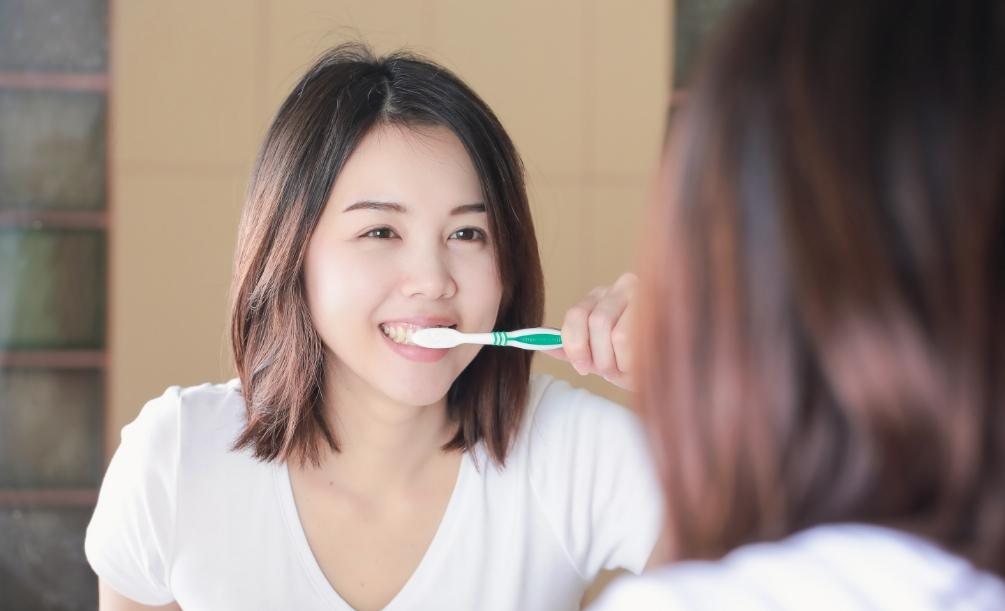What Are Tooth-Colored Fillings Made Of?
-
High-Quality Composite Resin
-
Same Material Used in Cosmetic Bonding
-
Can Be Color-Changed to Blend In
-
More Conservative Than Metal Fillings
Learn More
Benefits of Tooth-Colored Fillings versus Amalgam Fillings
-
Seals Out Bacteria That Causes Cavities
-
Bonds Directly to the Tooth
-
Won’t Affect Metal Sensitivities/Allergies
-
Enhanced Aesthetic Appearance
Learn More
How Tooth-Colored Fillings Are Placed
-
Affected Tooth is Cleaned
-
Resin Shaded & Applied in Layers
-
Curing Light Hardens Resin
-
Tooth is Polished & Smoothed
Learn More
Caring for Your Tooth-Colored Fillings
-
Wait Before Chewing
-
Expect Mild Gum Discomfort
-
Brush Twice a Day
-
Avoid Staining Foods & Drinks
Learn More





